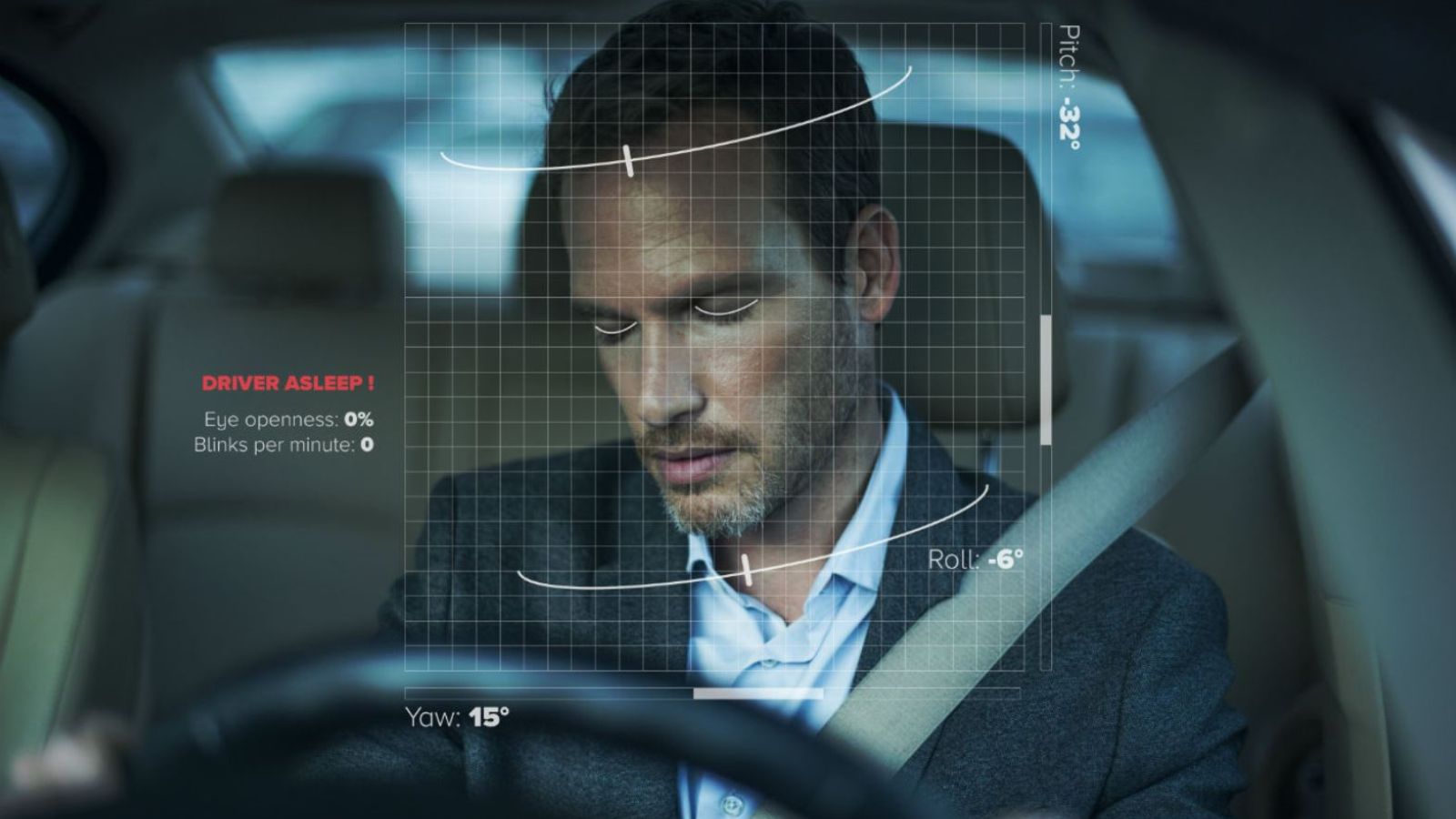Millions of consumers now turn to ride-sharing services because they provide a cutting-edge answer to transportation problems. However, relying too much on these platforms might have unanticipated effects, although they offer affordability and simplicity. The 18 unknown dangers listed below should be taken into account by all ride-sharing users.
Unreliable Availability

Ride-sharing apps do not guarantee the availability of a car. Locating a ride in places with fewer people can be challenging, late at night or during significant events. This unpredictability might interfere with planning and be inconvenient for regular users.
Price hikes

Although ride-sharing is frequently inexpensive, costs can increase dramatically during busy times, on holidays, or in inclement weather. A quick commute can quickly become a financial burden due to surge pricing, which can double or triple your fare. Budgets for people who frequently use these services may soon become overburdened by these unpredictable expenses.
Lack of Regulation

Ride-sharing businesses aren’t necessarily held to the same standards because they sometimes operate outside conventional taxi laws. This may result in lax vehicle inspections, uneven driver screening, and passenger safety issues, which are sometimes held to different in disagreements or mishaps restricted in the absence of sufficient supervision.
Data Privacy Concerns

Sharing personal information, including location, payment information, and trip history, is necessary for ride-sharing apps. The servers where this data is kept could be subject to illegal access or hacking. Your privacy can be jeopardized if certain businesses sell this data to outside parties.
Limited Insurance

In the event of an accident, passengers may experience financial difficulties, particularly if the driver’s insurance does not cover ride-sharing. Ride-sharing services provide insurance. However, it is frequently situational or limited. When you need protection the most, this loophole could leave you vulnerable.
Reduced Independence

Using ride-sharing applications excessively can weaken fundamental abilities like route planning and public transportation navigation. When ride-sharing services aren’t accessible, this over-reliance might leave you feeling powerless, which can result in missed appointments or needless worry.
Environment Impact

Ride-sharing systems can worsen traffic congestion and raise emissions despite their green image. While the convenience motivates customers to forego walking or public transit, drivers spend time idle between pickups. This adds to a greater carbon footprint over time.
Driver Safety Risks

Not every driver fulfills the strictest requirements for professionalism or safety. Travelers risk experiencing careless driving, badly maintained cars, or, in rare instances, harassment. Even though they are rare, these occurrences serve as a reminder of the risks involved when getting into a car with a stranger.
Health and Hygiene Issues

There is no way for passengers to regulate how clean ride-sharing cars are. Hygiene requirements can differ greatly, from dirty seats to persistent smells. This discrepancy raises your chance of coming into contact with allergens, bacteria, or unhygienic situations that could harm your health.
An addiction to ease

The simplicity of using these services to book a ride with a few taps can lead you to become overly dependent on them. You may eventually stop using more economical and healthful options like walking, bicycling, or public transportation. Unbalances in finances and lifestyle may result from this dependence.
Exploitation of drivers

Since ride-sharing businesses consider drivers independent contractors, they are not eligible for benefits like paid time off or health insurance. Indirectly supporting a gig economy, where workers frequently face employment uncertainty and insufficient rights, is what regular use of these services entails.
Hidden Costs

Regular ride-sharing users frequently have to pay additional fees, such as booking or cancellation fees or tipping obligations. Even though each of these costs might not seem like much, they build up over time, making ride-sharing far more costly than anticipated.
Potential Scams

Scams such as drivers purposefully taking longer trips or software bugs that result in overcharging might target passengers. Users have occasionally received bills for journeys they never took. There is little assurance of a return, and resolving these problems can be time-consuming and stressful.
Less Public Transportation

Public transportation is frequently reduced when ride-sharing services are heavily relied upon. The funding and support for trains, buses, and subways—all crucial for urban mobility—may be cut due to this change. A poor public transportation system can hurt entire cities.
A cut in Physical Movement

Even for short distances, ride-sharing deters people from cycling or walking. This can eventually result in a sedentary lifestyle, which can cause weight gain, poor cardiovascular health, and a decline in general fitness.
Driver Fatigue Risks

To increase their income, many ride-sharing drivers put in long hours, frequently at the risk of getting enough sleep. Passengers are at serious risk for injury from fatigued drivers’ increased propensity to make mistakes or be involved in accidents, especially on lengthy or late-night trips.
Increased Traffic Jams

Ride-sharing’s popularity increases the number of cars on already congested roadways. The growing number of ride-sharing vehicles might worsen traffic congestion and lengthen commuting times for everyone in urban areas because many drivers cruise between rides.
Industry Uncertainty

With businesses changing their pricing strategies, discontinuing services, or withdrawing from some areas entirely, the ride-sharing market is always changing. Users who rely too heavily on these services are susceptible to abrupt changes that may interfere with their available modes of mobility.
Conclusion

Unquestionably, ride-sharing services, which provide unparalleled convenience and flexibility, have transformed how we travel. However, the unspoken dangers of becoming overly dependent on these platforms impact your pocketbook and your freedom, privacy, and health. By knowing these risks and weighing your available travel options, you may take advantage of ridesharing’s advantages without sacrificing your financial security or safety.
25 Countries Predicted to Become Economic Superpowers in the Next 20 Years

The strength of an economy plays a crucial role in various international policies about trade and relations. Certain factors determine the strength of an economy, including population growth, availability of resources, and development and advancement. Here are 25 countries predicted to become economic superpowers in the next 20 years
25 Countries Predicted to Become Economic Superpowers in the Next 20 Years
